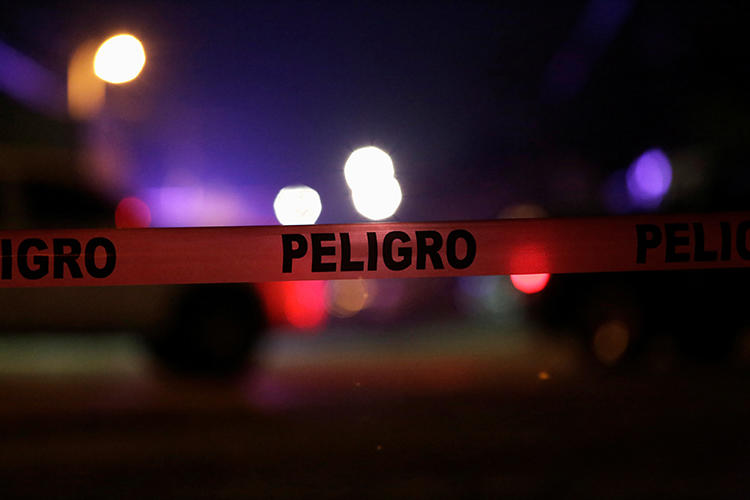Mexico City, January 22, 2019 – Mexican authorities should immediately undertake a transparent and exhaustive investigation into the murder of community radio station director Rafael Murúa Manríquez, the Committee to Protect Journalists said today.
Murúa, 34, was the director of Radiokashana FM, a community radio station in the town of Santa Rosalía, in the northern state of Baja California Sur. According to news reports, his body was found on January 20 near an expressway approximately 25 miles north of Santa Rosalía.
The journalist had reported receiving threats several times in recent years, according to news reports, and since 2017 was enrolled a protection program sanctioned by the Federal Mechanism for the Protection of Human Rights Defenders and Journalists, which operates under the auspices of the Secretariat of the Interior.
“The shocking murder of yet another reporter under protection of the authorities makes it vital that Mexico’s federal government conduct a rigorous and transparent analysis of the effectiveness of its protection programs, and strengthen them wherever needed,” said Jan-Albert Hootsen, CPJ’s Mexico representative. “We call on federal and Baja California Sur state authorities to do everything in their power to bring the killers of Rafael Murúa to justice, and strengthen programs to protect reporters.”
According to a joint statement released on January 21 by the Mexican chapters of the World Association of Community Broadcasters (AMARC), an international umbrella organization of community radio stations, and press freedom group Article 19, Murúa had last been in touch with a family member in the evening of January 19. At 2 a.m. on January 20, the same family member was told that the reporter had been abducted. The identities of the family member and whoever informed them of Murúa’s abduction were withheld in the statement, citing concern for their safety.
The Baja California Sur state prosecutor’s office released a statement to the press via WhatsApp on January 21. The statement said that Murúa’s body exhibited several wounds, without specifying what kind of weapon might have inflicted them. The statement made no mention of a possible motive for the murder or whether authorities had any leads on who was responsible.
Murúa was assigned protective measures by the Federal Mechanism for the Protection of Human Rights Defenders and Journalists in June 2017, after he received threatening messages from an alleged member of a criminal gang, according to the joint statement. The statement said that the threats focused on his reporting on a local criminal case and demanded that he publish negative articles about the Mexican navy, which is heavily involved in combating organized crime.
On November 14, 2018, Murúa wrote in a blog post that he had received death threats from an official in the municipal government of Mulegé, a town in Baja California Sur, after he criticized Mulegé Mayor Felipe Prado’s security policies on his personal Facebook page on October 29.
Calls by CPJ to the Mulegé municipal government for comment went unanswered.
Murúa had been the director of Radiokashana FM since 2016, when the broadcaster obtained a federal license, and had become involved in the project the year before, according to Irina Vázquez, who heads the Mexican chapter of AMARC. The station’s website is currently offline and CPJ was unable to retrieve its recent broadcasts, although the station is still active.
An official from the Federal Mechanism for the Protection of Human Rights Defenders and Journalists confirmed to CPJ on January 21 that Murúa was enrolled in a protection program. The official declined to provide additional details about the nature of the protective measures, and asked to remain anonymous because they were not authorized to speak on the matter. Such programs provide journalists with a variety of protective measures such as bodyguards, a panic button, and security systems at their residences and offices.
Since 2017, at least three other reporters have been murdered despite being provided with protective measures by the federal mechanism, including Cecilio Pineda, Cándido Ríos, and Rubén Pat.
Mexico is the most dangerous country in the Western Hemisphere for journalists. At least four reporters were killed in Mexico in direct reprisal for their work in 2018, according to CPJ research. CPJ is also investigating the motives of a further six killings of journalists in the country that year.
